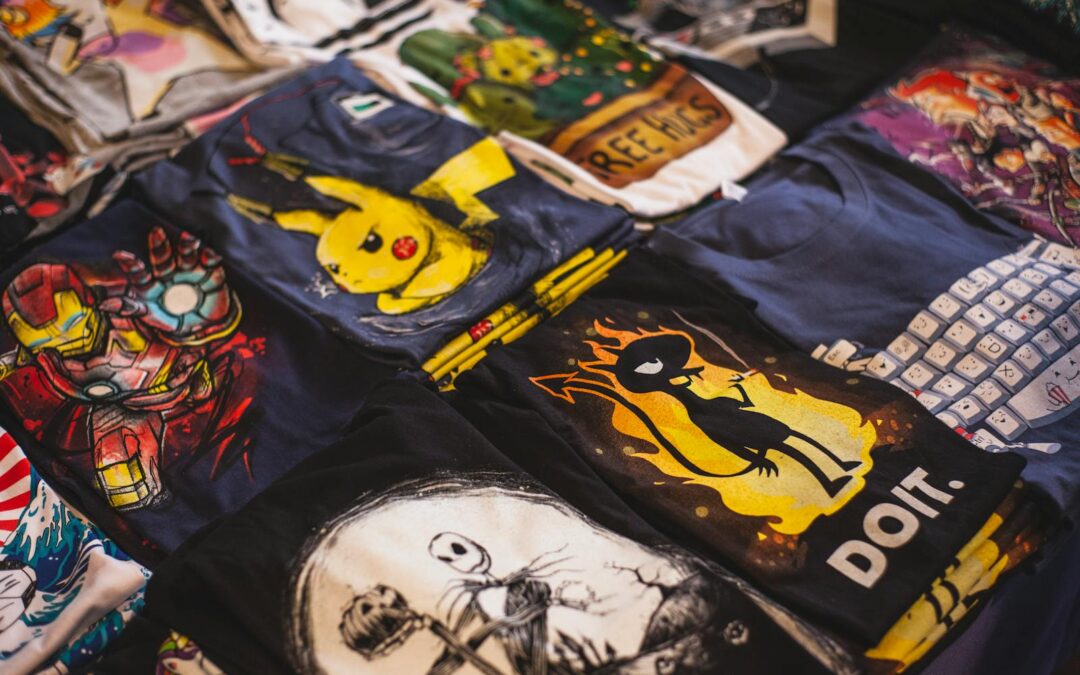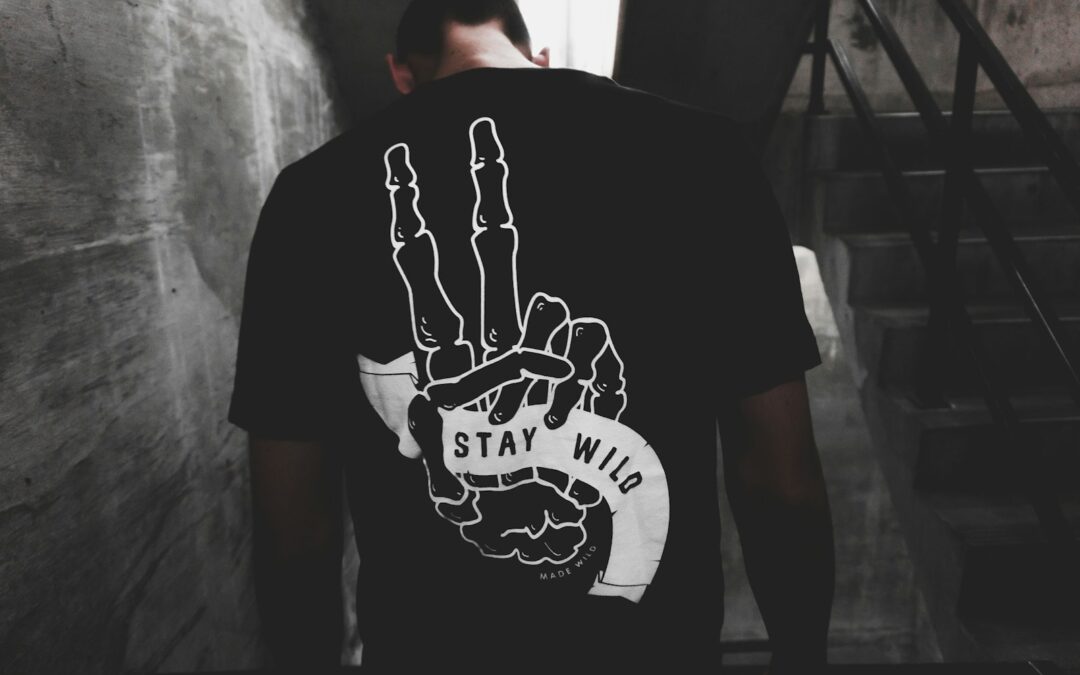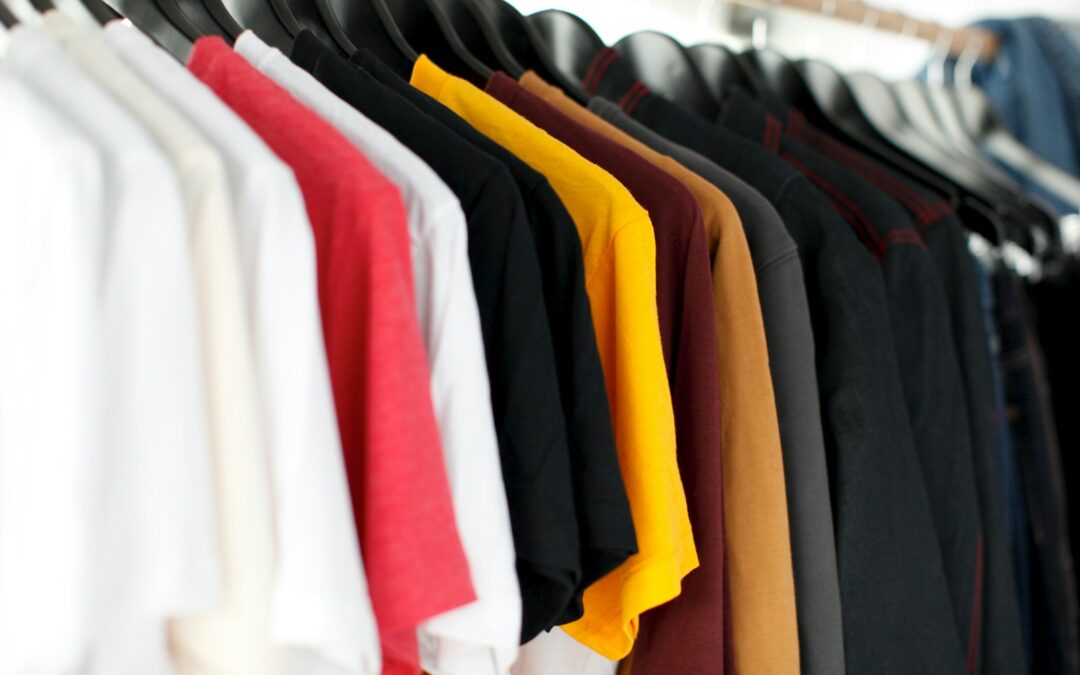DTF powder plays a key role in direct-to-film printing, helping to bind the ink to the fabric for long-lasting, vibrant designs. This article explains what DTF powder is, its types, application methods, and benefits. Learn how it impacts the quality of your prints and why it’s essential for your printing projects.
Key Takeaways
-
DTF powder enhances print durability and color vibrancy, making it essential for high-quality direct-to-film printing.
-
Proper application and curing of DTF powder, using the right heat and pressure, are crucial for achieving optimal print results.
-
Limitless Transfers offers high-quality DTF transfers with quick shipping options, free shipping on orders over $50, and a commitment to excellent customer service.
Understanding DTF Powder
DTF powder revolutionary technology revolutionizes the direct-to-film printing process, producing high-quality prints on various surfaces. Composed mainly of polyester resin, colorants, and additives, it offers strong adhesive powder properties. This ensures printed designs stay vibrant and securely attached to the substrate, making it an essential component in the DTF film process.
Polyurethane (PU) is the industry’s most prevalent type of DTF powder, known for its elasticity and durability. It accounts for 98% of DTF powder usage due to its excellent performance characteristics. PU-based powders are favored for their ability to stretch and flex with fabric, reducing the risk of cracking over time.
DTF powders are available in white and black, with white being the most versatile and commonly used. White DTF powder suits a wide range of fabric colors, making it popular for various printing projects.
Types of DTF Powder
DTF powders are categorized by granularity, affecting their application and performance. The three main types—ultrafine, fine, and coarse—each serve unique purposes in the printing process.
Ultrafine powders, with granularity ranging from 0 to 80 microns, are optimal for intricate designs due to their ability to capture fine details. However, they can be challenging to manage because of their volatility. This makes them suitable for projects where precision is critical, but they require careful handling to avoid wastage.
Fine powders, typically ranging from 80 to 200 microns, strike a balance between quality and ease of use. They are versatile and can be used for a variety of designs, making them a popular choice for many printers, as their applications may vary depending on the specific needs of the project.
Coarse powders, with granularity between 120 to 250 microns, are less common but are used for larger design applications where detailed intricacy is less of a priority. Each type of DTF powder has its own set of advantages and challenges, influencing the final print quality and application ease.
How to Apply DTF Powder
Proper application of DTF powder is key to high-quality prints. Start by ensuring the printed design on the transfer film is fully dry to prevent clumping. Sprinkle the DTF powder evenly onto the wet ink, covering the entire design to form a solid base for the transfer.
Curing the DTF powder is the next step, and it can be done using a heat gun, transfer oven, or heat press. The heat bonds the powder with the ink and film, creating a durable print. After curing, gently shake or tap the transfer film to remove any excess powder, ensuring the final print quality.
Press the design onto the fabric using a heat press at the recommended temperature and pressure for optimal adhesion. This ensures the design transfers smoothly and adheres firmly, resulting in a high-quality, durable print.
The Role of Heat and Pressure in DTF Transfers

Heat and pressure are pivotal in the DTF transfer process. Curing DTF powder optimizes print quality and durability, enhancing adhesion and color vibrancy. Proper curing ensures the powder bonds effectively with the ink and fabric.
Maintaining the ideal temperature and curing time is crucial for successful transfers, typically ranging from 320 to 350 degrees Fahrenheit for 30 to 60 seconds. Proper pressure application ensures the powder adheres correctly to the fabric. Common curing methods include a heat press, heat gun, or oven.
Fluctuations in temperature and humidity can impact print quality and adhesion. Overheating or underheating can adversely affect DTF powder adhesion. Maintaining stable environmental conditions is crucial for consistent, high-quality results.
Best Practices for Storing DTF Powder
Proper storage of DTF powder maintains its quality and performance. Store it in a cool, dry environment, ideally between 18-25°C (64-77°F). Avoid non-climate-controlled environments like garages to prevent degradation. Correct storage conditions extend the powder’s shelf life and ensure consistent print quality.
Store DTF powder in sealed containers, like resealable bags or airtight buckets, to protect it from moisture. Including silica packets helps absorb residual humidity, further protecting the powder. For larger containers, use around ten moisture-absorbing packets to prevent humidity damage.
Following these storage best practices ensures your DTF powder remains in optimal condition, ready to deliver high-quality prints whenever needed. Proper storage is a simple yet crucial step in maintaining the powder’s performance and longevity.
Benefits of Using High-Quality DTF Powder

High-quality DTF powder offers numerous benefits for your printing projects, including vibrant colors that result in visually appealing designs. It ensures prints are bright and vivid, maintaining their color integrity over time.
High-quality DTF powder also enhances the durability and longevity of prints by securing a strong bond between the dtf inks and fabric. This ensures your designs withstand washing and wear, maintaining their appearance over time.
Post-curing processes like cold peel and washing are crucial for maintaining print quality. High-quality DTF powder ensures these processes are smooth and effective, enhancing durability and appeal. Investing in high-quality DTF powder significantly improves the overall quality and longevity of your prints.
Safety Measures When Handling DTF Powders

Safety is paramount when handling DTF powders, and using personal protective equipment (PPE) is essential. Eye protection, like goggles or a face shield, prevents injuries from fine powder particles. Latex gloves keep hands clean and prevent powder contamination.
Additionally, wearing an apron or smock protects clothing from DTF powder, which can become adhesive when wet. A respirator or standard face mask is advisable to avoid inhaling fine powder particles, ensuring you do not breathe in potentially harmful materials.
Conducting a risk and hazard assessment before implementing PPE measures is essential for identifying potential risks and ensuring comprehensive protection. Following these safety measures allows you to handle DTF powders safely and effectively, minimizing the risk of injury or contamination.
Proper safety practices are crucial for working with DTF powders and ensuring a safe and productive printing environment.
Common Issues and Troubleshooting with DTF Powder
Despite its benefits, working with DTF powder can present challenges. One common issue is determining the curing progress. Visual cues, such as the powder becoming sparkly and then smooth, indicate curing progress and help achieve desired results. Recognizing these cues ensures your prints are properly cured and of high quality.
Managing and recycling excess DTF powder is also important. Using a dedicated container to collect excess powder ensures impurities from the drying process are filtered out. Contaminated recycled powder should be used until depleted or it shows signs of clumping, indicating it’s no longer suitable. Proper management of excess powder helps maintain print quality and reduce waste.
Understanding and addressing these common issues allows you to troubleshoot effectively and ensure your DTF printing process runs smoothly. Proactively managing these challenges can significantly improve your overall printing experience and results.
Limitless Transfers: Order Your DTF Transfers Today!

Limitless Transfers is your go-to source for high-quality DTF transfers, offering a range of benefits. In 2024, they were awarded first place for quality in DTF printing, showcasing their commitment to excellence. Customers enjoy free shipping on orders over $50, making it an economical choice. Orders placed by noon (EST) are eligible for same-day shipping, ensuring quick and efficient delivery using dtf transfer film.
Their DTF transfers come with no setup fees, low minimums, full color, and a fast turnaround, making them easy to apply and ideal for various projects. Limitless Transfers uses advanced CMYK+W DTF printers with rigorously tested profiles to achieve high color accuracy and vibrant detail. The hot peel feature allows rapid production, suitable for large order volumes.
Choosing Limitless Transfers means taking advantage of their premium offerings and exceptional customer service. Whether you’re a small business or a large enterprise, their DTF transfers provide the quality and reliability needed for your printing projects.
Summary
In summary, DTF powder plays a crucial role in the direct-to-film printing process, offering numerous benefits and applications. By understanding the different types of DTF powder, how to apply them, and the importance of heat and pressure, you can achieve high-quality, durable prints. Proper storage and safety measures are essential for maintaining the performance and longevity of your DTF powder.
We hope this guide has provided valuable insights into the world of DTF powder and its many uses. Whether you’re a seasoned professional or just starting, the knowledge gained here can help you make informed decisions and achieve exceptional results in your printing projects. Embrace the power of DTF powder and elevate your printing to new heights.
Frequently Asked Questions
What award did Limitless Transfers win in 2024?
Limitless Transfers won the 1st Place Award for Quality in DTF Printing in 2024. This achievement highlights their commitment to excellence in the industry.
What is the minimum order requirement for free UPS Ground shipping?
To qualify for free UPS Ground shipping, your order must exceed $50.
What is the shipping policy for orders placed by noon (EST)?
Orders placed by noon (EST) qualify for same-day shipping. This ensures prompt delivery for your purchases.
What types of files can be uploaded for creating gang sheets?
Only PDF and PNG files are accepted for creating gang sheets.
What printing technology is used for DTF transfers?
DTF transfers utilize advanced CMYK+W printing technology, which ensures high-quality, vibrant prints. This technology enhances the final product’s durability and detail.
DTF Transfer Resources
When looking to dive into DTF (Direct to Film) transfers, having access to the right resources can make the process more efficient and successful. Below is a list of helpful resources to guide you through DTF transfer techniques and supplies:
-
DTF Printing Guide: A comprehensive guide on how to get started with DTF transfers, covering everything from the basics to advanced techniques.
-
Apparel Business Toolkit: A collection of tools and templates designed to help apparel business owners manage their operations efficiently.
-
Customer Success Stories: Read how businesses have thrived by incorporating DTF transfers into their product offerings.
-
Supplier Directory: Find reputable DTF suppliers to ensure you receive high-quality materials for your printing needs.
-
Industry Trends Blog: Stay informed with the latest fashion and printing industry trends to keep your business competitive.
-
Color Matching Tips: Accurate color matching is crucial for producing quality prints. This resource offers guidelines on achieving consistent colors across different materials.
-
Equipment Maintenance Guide: Ensure your DTF equipment runs smoothly with this maintenance checklist and troubleshooting tips.
-
Webinar Series: Join our monthly webinars to network with industry experts and learn advanced DTF printing techniques.
-
Marketing Strategies for Apparel Brands: Discover effective marketing techniques specifically tailored for custom apparel businesses to enhance your brand visibility.
-
Eco-Friendly Printing Practices: Explore sustainable printing options that can help minimize environmental impact while maintaining quality.




